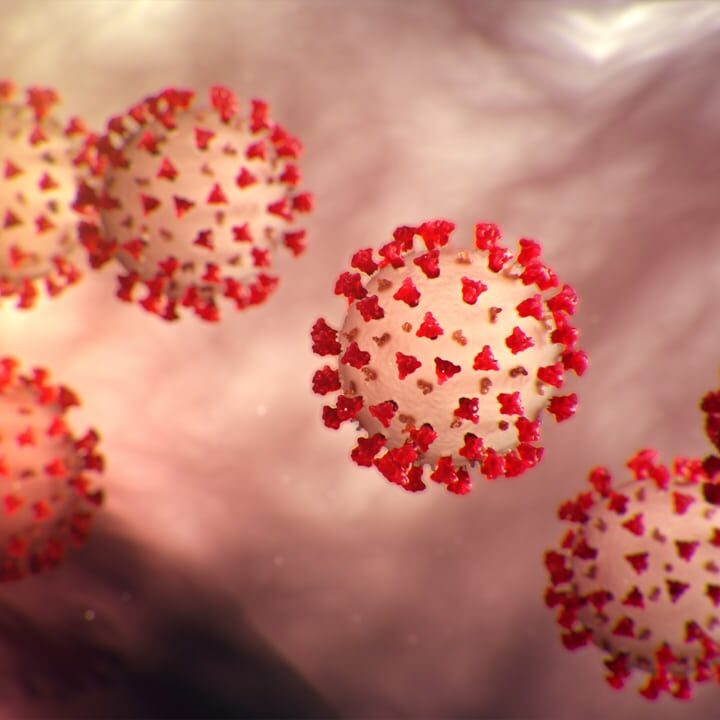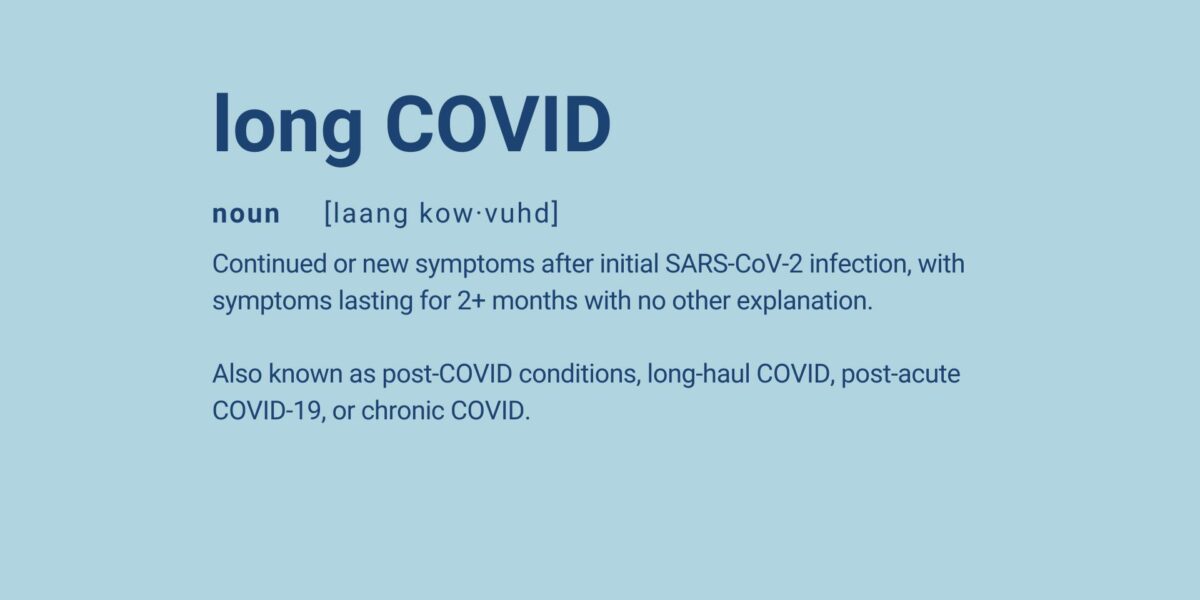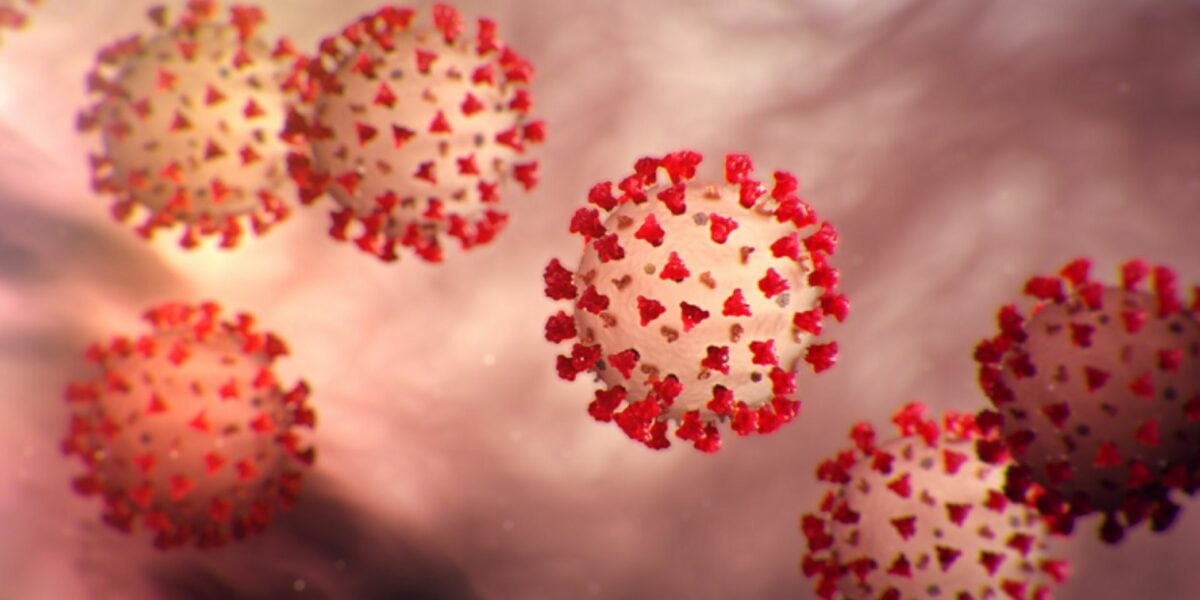Frequently Asked Questions about COVID-19
COVID-19 is a contagious disease caused by the SARS-CoV-2 virus.
COVID-19 most often causes respiratory symptoms similar to a cold, influenza (flu), or pneumonia but can also affect other parts of your body. Most people with COVID-19 have mild symptoms, but some people become severely ill.
More than 1 million people have died from COVID-19 in the US since the virus first emerged in Wuhan, China in December 2019.

General
Symptoms
Prevention
Testing
Treatment
Updated September 2024
Sources: American Academy of Pediatrics, Centers for Disease Control and Prevention, Food and Drug Administration
Learn more about coronaviruses at www.nfid.org/coronaviruses
Related Resources
Updates on COVID-19, RSV, and More
In the inaugural episode, NFID experts discuss new COVID-19 vaccine recommendations for older adults and other updates from the February 2024 meeting of the Advisory Committee on Immunization Practices (ACIP) …
Long COVID Social Media Graphics
Graphics and sample social posts to help raise awareness about long COVID
What Is Long COVID?
Long COVID includes a range of long-term health issues that can occur in people who have been infected with the virus that causes COVID-19






